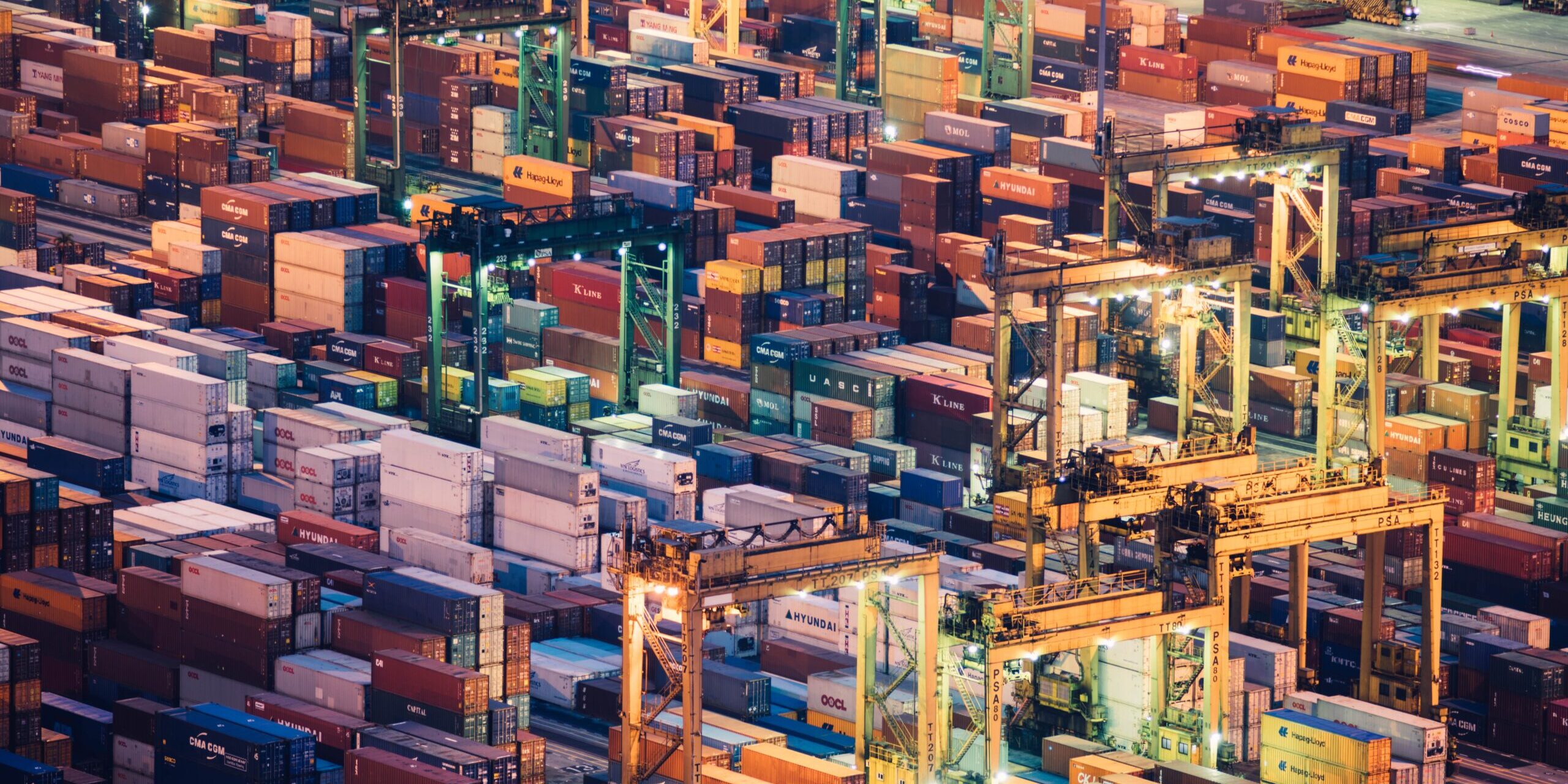In a world marked by volatility, the recent upheaval in the Red Sea has sent shockwaves through global supply chains, significantly impacting maritime trade routes crucial for international commerce. Attacks by Houthi militants have forced vessels to reroute, opting for the longer East-West journey via the southern tip of Africa instead of the Suez Canal. This disruption has added up to two weeks to shipping schedules, reducing container capacity and prolonging vessel turnaround times, leading to delayed goods arrival in the West and exacerbating container shortages at major Chinese ports like Ningbo-Zhoushan.
The consequences are acutely felt in industries relying on just-in-time manufacturing, such as the automotive sector, where component delays have halted production lines. Companies across various sectors are grappling with surcharges imposed by shipping lines seeking to recover the costs of these diversions. Chinese businesses, despite Beijing’s neutral stance on the Houthi attacks, are facing severe challenges as shipping costs surge, eroding profits and posing a threat to smaller suppliers.
This crisis underscores the vulnerability of supply chains to geopolitical events, emphasizing the strategic importance of major trade routes like the Suez Canal, which handles about 12% of global trade. Companies are now reassessing their supply chain strategies, exploring alternatives like near-shoring and diversifying production locations.
At the firm level, building a resilient supply chain demands a holistic approach. A study by Boston Consulting Group (BCG) emphasizes the significance of diversifying sourcing strategies, exemplified by a North American auto parts supplier reducing its dependence on China by expanding its global supplier base. Diversification is crucial for resilience in the face of supply chain disruptions. Additionally, effective multi-echelon inventory strategies are vital, allowing companies to create supply chain buffers and respond flexibly to supply fluctuations.
Essential components, according to McKinsey, include visibility, scenario planning, and high-quality master data. Companies are increasingly adopting digital dashboards for comprehensive supply chain visibility, proving effective in averting supply chain issues. Simultaneously, the focus on digitization is shifting towards demand and supply planning, reflecting a broader market trend towards integrated technology platforms.
Resilient companies employ agile and cross-functional strategies to quickly adapt to disruptions. They manage deviations transparently, utilize simulations for forward-looking risk assessments, and maintain control over material flows, enabling rapid responses to major disruptions. Managing the multi-enterprise supply chain and actively handling end-to-end risk are vital components of this agility.
The reliance on a single critical maritime route exposes Europe and South Asia to significant risks in the event of geopolitical tensions or disruptions. Diversification of trade routes is imperative, prompting countries to invest in alternative maritime routes, expand rail networks, and improve road connectivity. The Indian Middle East Economic Corridor (IMEC) emerges as a critical initiative, offering an alternative for trade flows between Europe and South Asia, reducing dependency on the Suez Canal.
However, the realization of IMEC heavily depends on the geopolitical stability of the Middle East. Ongoing conflicts pose challenges to developing such a trade corridor, emphasizing the need for a stable and secure environment. Without peace and stability, the risks associated with IMEC could deter investments and hinder its implementation.
In the aftermath of the Covid-19 pandemic, which tested the resilience of global supply chains, the recent conflict in the Red Sea underscores the interconnectedness and fragility of the global supply system. Firms worldwide must now embrace a holistic approach to supply chain resilience, integrating robust scenario planning, digital visibility, and diversified sourcing. As the world grapples with the ripple effects of this conflict, from surging shipping costs to production halts, the necessity for building resilient supply chains emerges as a pivotal factor in driving sustainable global growth. The development of alternative trade routes, such as IMEC, and the stabilization of geopolitical climates become critical. These steps are essential not just for recovery but for forging a path to a more robust and adaptive global trade environment.







